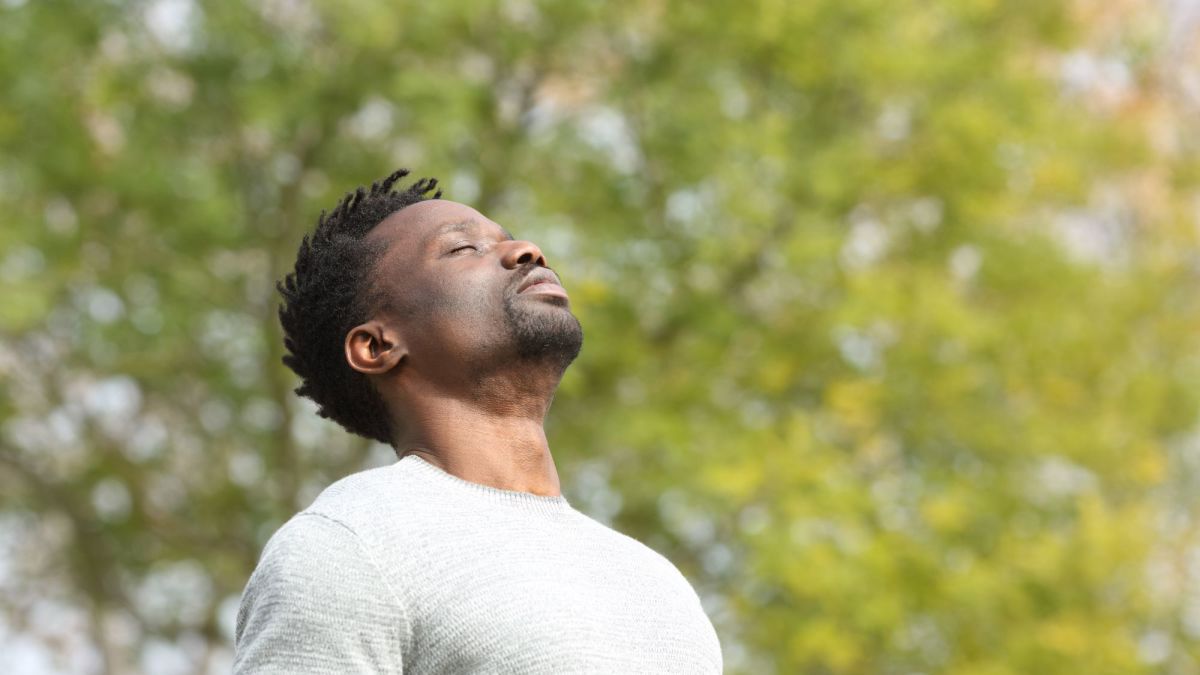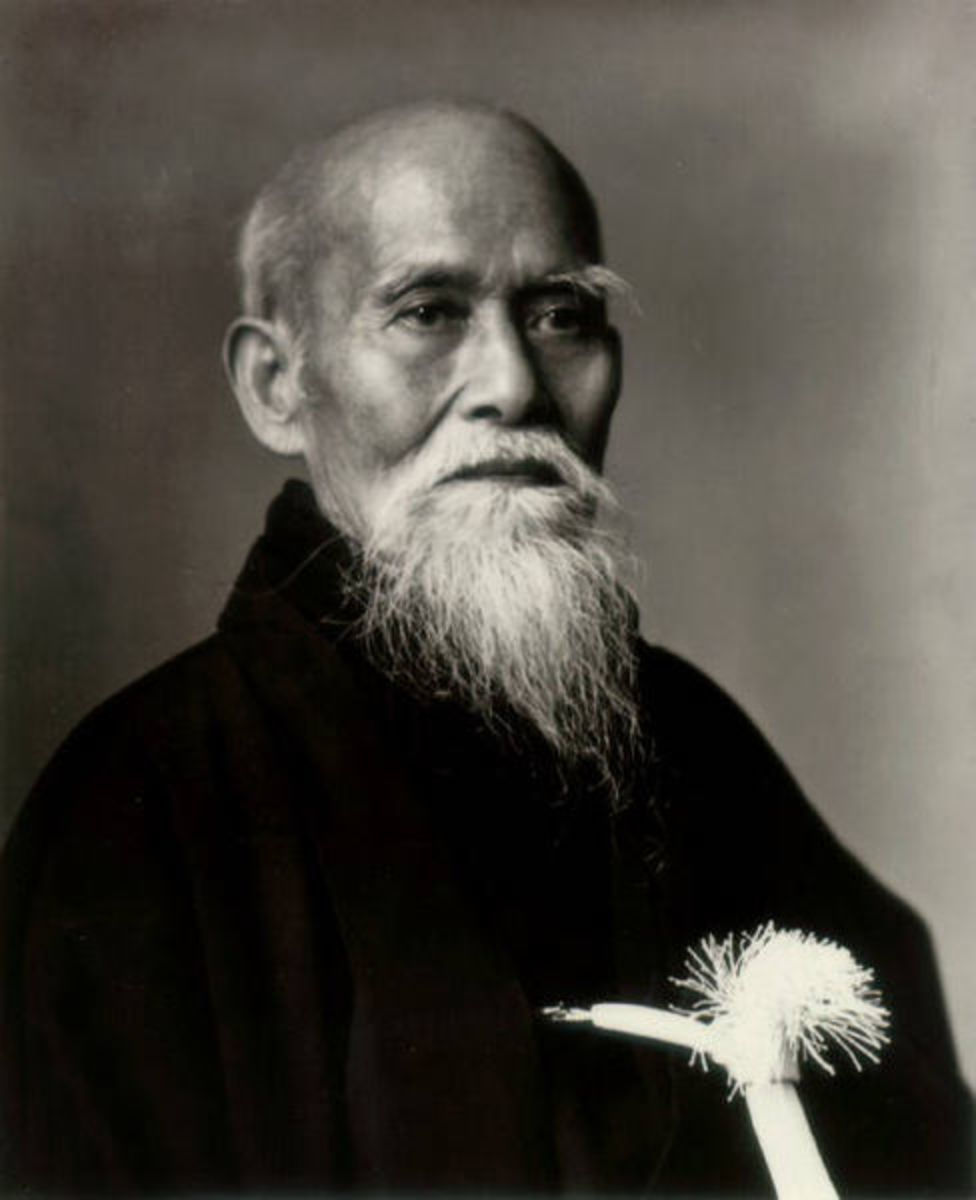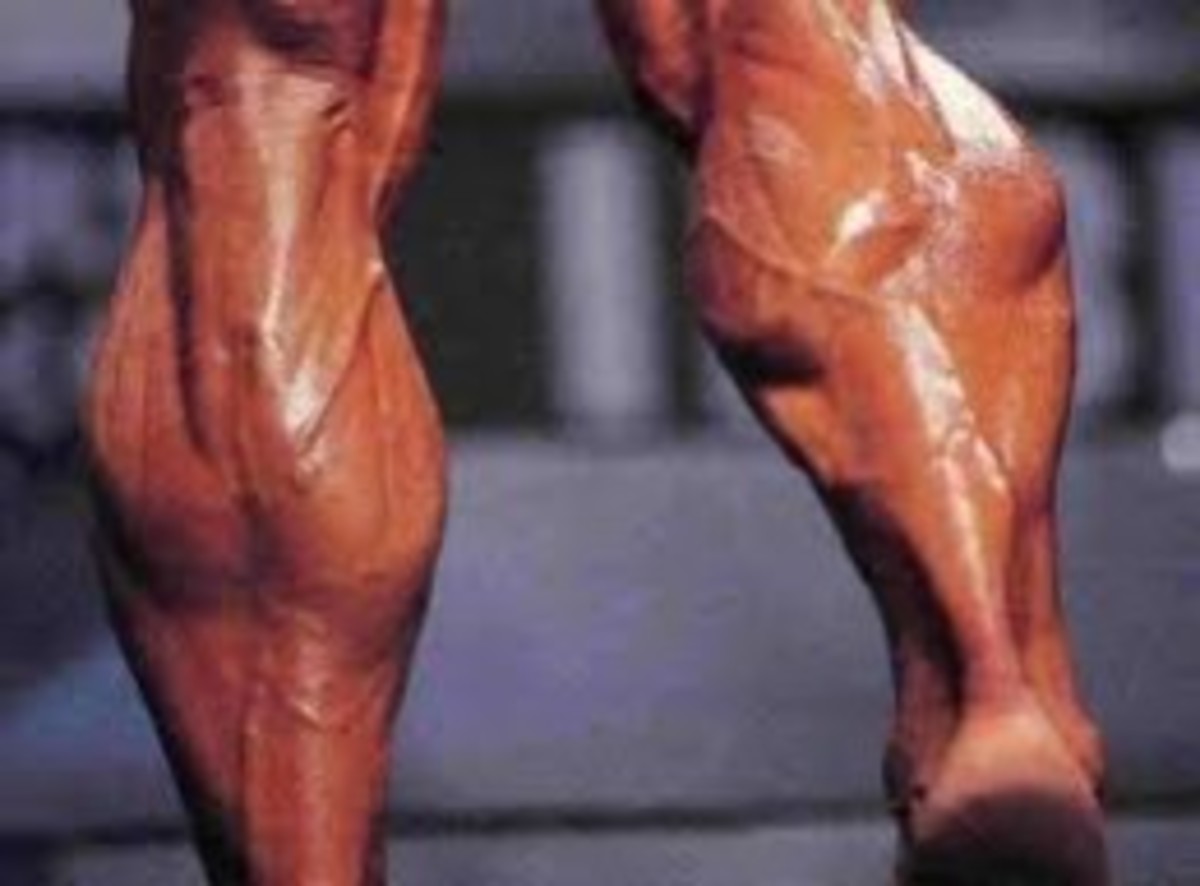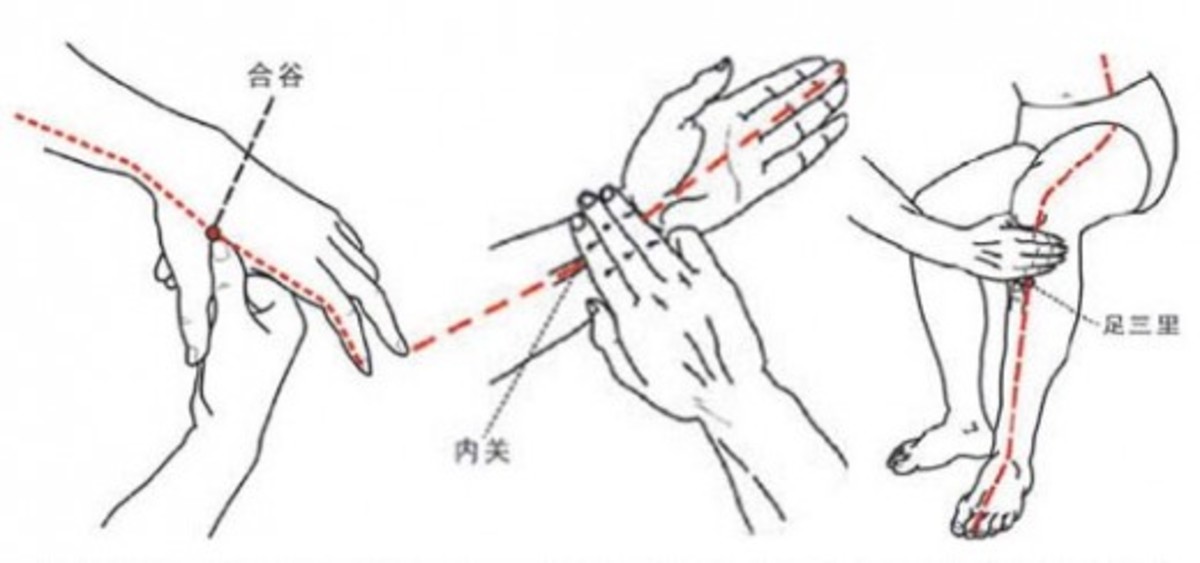Guide to Overcome Physical Training Compensations
Overcome Compensations by looking at 3 aspects of Physical Training
Faulty movement patterns are common among people regardless of how well-trained they are or whether they have past injuries. While extreme cases of having a structural issue like long-short limbs and injured discs maybe hard to overcome in the context of physical training, the muscle imbalances resulting from the structural issues as well as inhibition of diaphragm breathing and mis-adjustments to body's sensors can be addressed.
The 3 aspects of physical training to look at to overcome compensations are:
1. Principles of breathing
2. Sensors adjustments
3. Muscle imbalances
Breathing
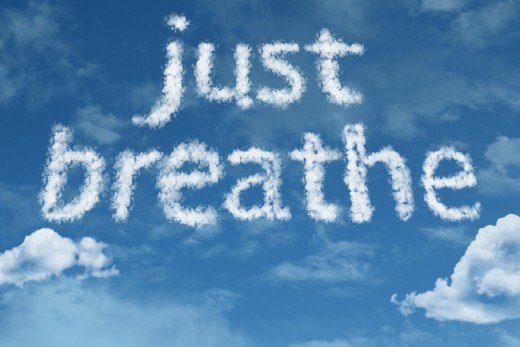
Dangers of compensations in physical training
Mild compensations in physical training, especially lifting, is very common, especially during intense exertion. Severe compensations can lead to a stall in progress due to the body being not able to complete the repetitions, even risking injuries and inflamed joints.
Principles of breathing
Breathing pattern affects oxygen intake at the cellular level, affecting overall well-being and influence recovery and thus ability to progress in resistance training. Beyond just affecting training in the mid and long term, breathing pattern can affect training in the short term as well through posture, short term recovery within the workout and the ability to keep the body safe while going heavy.
Improve training posture by keeping lips sealed. Doing so ensures nose breathing instead of mouth breathing, reinforcing breathing into the diaphragm. This prevents diaphragm, the primary breathing muscle, from being inhibited. Inhibited diaphragm muscle results in the overuse of secondary breathing muscles like Latissimus Dorsi and Intercostal muscles, affecting posture and causes compensations.
Rapidly increase your intra-workout recovery speed by fully exhaling, then seal lips and pinch nose to hold breath. Do so right after a working set, aiming to hit fifteen to twenty seconds to allow rapid breath and general recovery. This recovery technique works by increasing your cell's receptivity to utilizing oxygen by depriving them of it for a short period for the cells to take a break from the oxygen saturation. Better recovery leads to less fatigue and less compensations.
Keep the body safe while going heavy by keeping the body firm and tight with diaphragm bracing. To implement diaphragm bracing, hold a deep breath with lips sealed and tightening the core concurrently. Do so especially for lower repetitions compound lifts (eg, bench press, shoulder press, bent over row, especially deadlift & squat). Doing so allows better core activation & thus results in greater strength. Reset the breath every repetition at the top (bottom for deadlifts) of the lifts. Better body firmness and tightness minimizes compensations.
Sensors adjustments
Sensors of the body take in information from the surroundings in the form of light, sound, temperature, pressure and smell to influence our perceptions of the body's position, thus, posture. When the sensors are not adjusted optimally to receive the correct signals, the perceptions of the body's position is off, leading to poor posture and thus compensations. These compensations amplify during highly stressful periods, including times when people are exerting themselves hard in lifting. The few sensors of the body that can be easily influenced in maintaining their optimal adjustments are the eyes, jaws, skin and foot arch.
The eyes take in visual information from the surroundings, influencing the perceptions of the head's position. Having a lazy eye on one side will result in the head turning and tilting such that the opposite dominant eye is more centered to get clearer visual images. This leads to a series of compensations throughout the rest of the body. Not everyone would have lazy eyes, though most people would have a master eye, leading to compensations on smaller scales. To minimize such compensations, simply focus with both eyes in gazing during an exercise set.
The jaw's alignment is associated with bite pressure between the upper and lower teeth. High bite pressure leads to tension in the neck and head muscles, resulting in muscle imbalances and thus compensations, which exacerbate with uneven bite pressure. Common bite pressure issues include not just uneven bite but also over bite whereby the top row of teeth covers up the bottom row by more than a third, leading to a forward head posture. These bite pressure issues are caused by misaligned and missing teeth as well as clenching of jaws. To minimize such compensations, simply align the jaws by flattening tongue against rooftop of the mouth right behind the upper teeth and closing the lips, maintaining a space between the upper and lower teeth during an exercise set.
Our body has receptors in the deep skin region. These receptors sense pressure from both touch and surrounding air and wind, as well as temperature to influence the perceptions of our respective body parts' positions. In the event of acquiring deep skin wounds, some of these receptors at the affected sites would be damaged, which stays faulty upon healing. These deep skin scars, being once vulnerable open wounds, cause compensations by making the body shift positions to hide them from exposure as ingrained in the nervous system. To minimize such compensations, simply perform an exercise set as though you are showing off your deep skin scars to counter the tendency to do otherwise.
The foot arch affects the ankle, shin, knee and hip positions. Sub-optimal and uneven foot arches results in poor positions and weight shifts on the foot and thus compensations. To minimize such compensations, simply embrace foot arches by maintaining even weight distribution on the feet as though the feet are tripods and pushing the ankles outwards just enough to prevent the ankles from caving inwards. As for the feet being tripods, the three points to balance the body on are the heel, big toe knuckle and small toe knuckle.
Muscle Imbalances
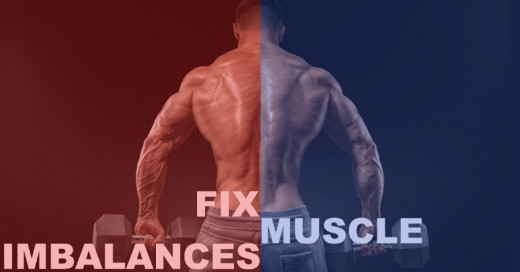
Muscle imbalances
Muscle imbalance is a deviation of the actual relative activity levels from the optimal relative activity levels of the involved muscles, causing compensations, muscles hyper- or hypo-tonicity and inefficiency in movements. Simply put, one muscle works harder to compensate for another muscle that does not work hard enough. Muscle imbalances can occur everywhere in the body, including the lower body, upper body and spine.
From the lower body, imbalances can occur at the hips, knees and shins.
At the hips, the imbalances can occur at the abductors, extensors, flexors and in the manner of multi-directions.
At the knees, the imbalances can occur in the manners of lateral vs medial and posterior vs anterior.
At the shins, the imbalances can occur in the manner of ankle pronation vs supination, at the plantar flexors and in the manner of tibial external vs internal rotation.
From the upper body, imbalances can occur at the shoulders and elbows.
At the shoulders, the imbalances can occur in the manners of elevation vs depression, downward vs upward rotation, external vs internal rotation and global vs local.
At the elbows, the imbalances can occur in the manner of pronation vs supination and at the flexors.
From the spine, imbalances can occur at the low back and neck.
At the low back, imbalances can occur in the manners of anterior pelvic tilt and posterior pelvic tilt.
At the neck, imbalances can occur in the manners of forward chin and head tilt/turn.
The ways to overcome compensations related to these imbalances require more lengthy descriptions, which would be discussed in separate articles.
Overcome Compensations overview
Principles of breathing
| Sensors adjustments
| Muscle imbalances
|
|---|---|---|
Lips sealing
| Focus with eyes
| Lower body
|
Rapid intra-workout recovery
| Aligned jaws
| Upper body
|
Diaphragm bracing
| Show your scars
| Spine
|
Embrace foot arch
| Others
|
Conclusion
To conclude, many compensations in physical training and lifting can be overcome practically by implementing the tips given above for principles of breathing and sensors adjustments. Look out for a separate article on overcoming compensations from muscle imbalances!
Among the tips given to overcome compensations, which one do you find the most helpful? Share with me in the comments below!
Pain relief by Overcoming Physical Training Compensations
I do work closely with individuals to relief chronic and recurring pain by overcoming physical training compensations as part of a holistic pain solution illustrated in my other article "Permanent Relief From Recurring Pain".
Contact me for more information if you are looking to overcome physical training compensations or ongoing pain!
© 2019 Bing Xi



